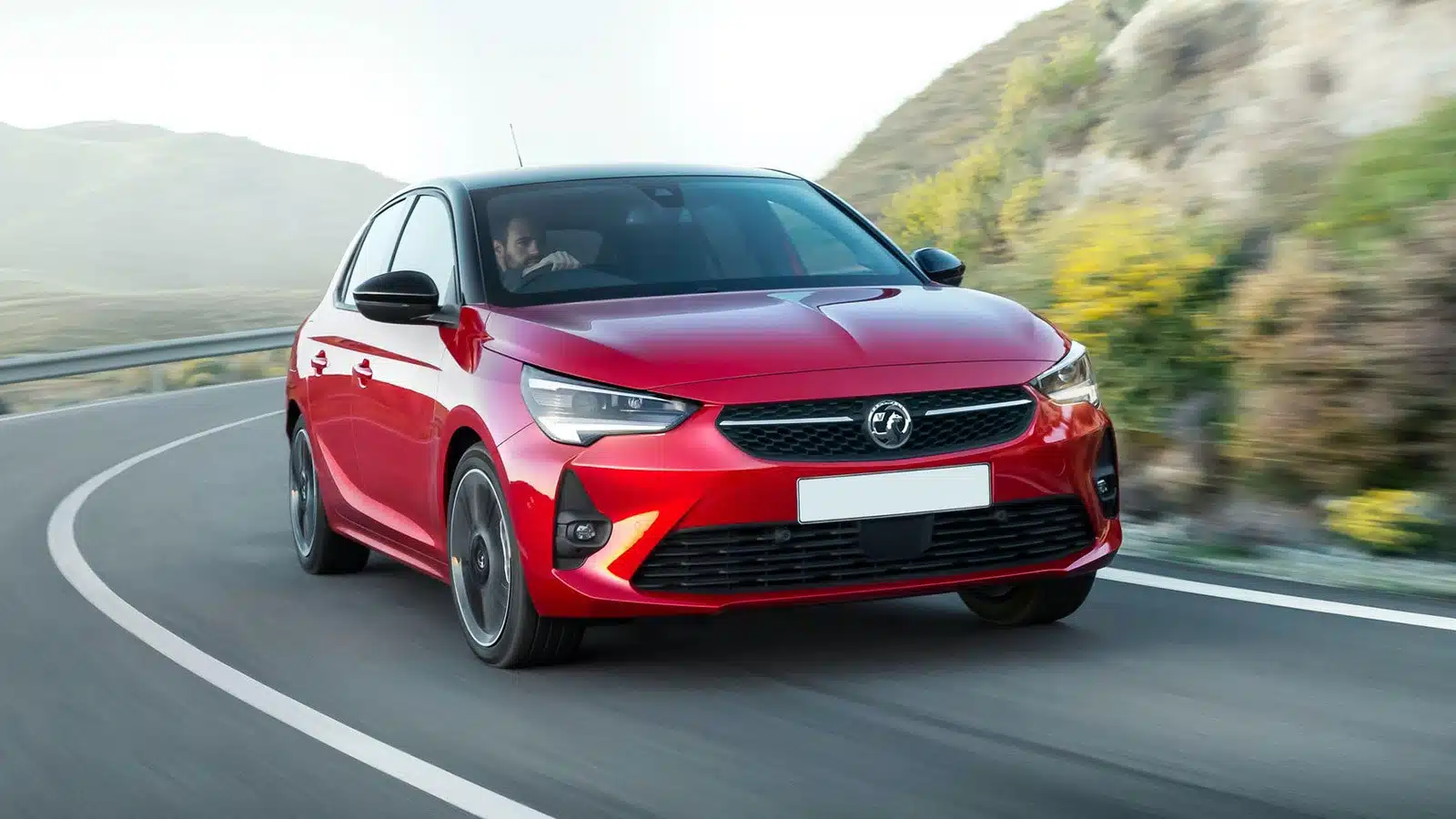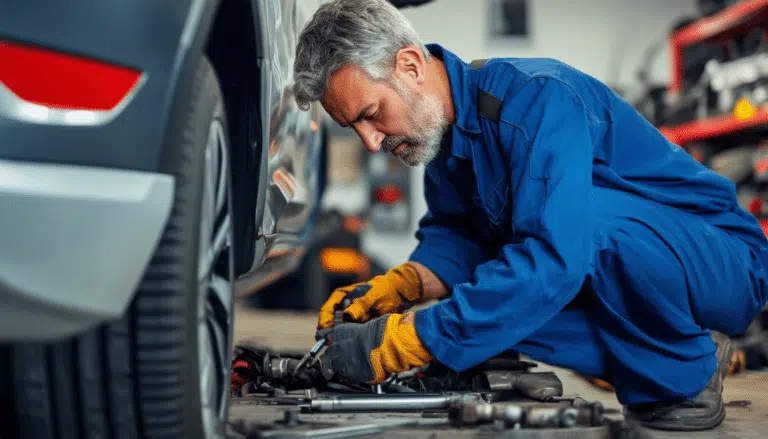Effective strategies to reduce fuel consumption by one liter every 100 kilometers: do they really work?

In a context where fuel prices continue to rise, the search for effective strategies to reduce fuel consumption has become essential for many drivers. Is it possible to achieve a reduction of one liter in consumption per 100 kilometers? This is a concern that arises in the minds of those who wish to optimize their economy and contribute to a more sustainable environment. Through simple changes in driving habits and proper vehicle maintenance, practices can be implemented that, although they may seem minor, can prove significant in reducing the cost per liter of fuel consumed.
Reducing fuel consumption has become a priority for both drivers and companies. In a context where fuel prices are increasingly high, it is imperative to find methods that allow for optimizing the use of these resources. This article will explore several effective strategies to reduce fuel consumption by one liter every 100 kilometers and will analyze their feasibility and effectiveness.
Benefits of efficient driving
Efficient driving not only saves money on fuel but also contributes to sustainability and reduces the carbon footprint. Through proper practices, it is possible to improve vehicle performance and engage in more responsible driving. This includes strategies like avoiding sudden accelerations and braking, as well as respecting speed limits, which can result in significant fuel savings.
Regular vehicle maintenance
Proper maintenance of the vehicle is crucial to ensure it operates optimally. This involves regular oil changes, checking filters, and ensuring that tires are properly inflated. The correct tire pressure can greatly influence fuel consumption, as under-inflated tires create greater rolling resistance.
Check tire pressure
Checking tire pressure at least once a month is a recommended practice. Adequate pressure ensures lower fuel consumption and greater safety on the road. It is suggested to perform this check with cold tires to obtain accurate measurements.
Use of technology in driving
Leveraging modern technology can be an excellent ally in reducing fuel consumption. For example, using mobile applications that provide data on driving habits can help drivers identify areas for improvement. Some vehicles also have information systems that alert about consumption efficiency in real-time.
Driving strategies
Adapting driving style is fundamental. Driving with high gears is one of the most effective ways to decrease consumption. Shifting to a higher gear in a gasoline car at around 2,500 revolutions per minute, and at 2,000 rpm in a diesel, helps to prevent the engine from operating in an unnecessarily high revolution range, which reduces fuel consumption.
Air conditioning or open windows
Another dilemma drivers face is the choice between using air conditioning or rolling down the windows. In urban traffic conditions or at speeds below 70 km/h, it is more efficient to roll down the windows. However, when driving at higher speeds, air conditioning becomes a more efficient option, provided it is used properly.
Route planning
Route planning also plays an important role in reducing fuel consumption. Choosing shorter or less congested routes not only saves time but also minimizes the amount of fuel used. Utilizing navigation systems that offer optimized routes can greatly contribute to this aspect.
Final considerations about effectiveness
While these strategies have the potential to reduce fuel consumption by one liter every 100 kilometers, their effectiveness depends on proper implementation and regular vehicle maintenance. Adopting responsible driving habits along with thorough car care can translate into significant economic savings, as well as a lower environmental impact. Therefore, it is essential to educate oneself about these practices and apply them in daily life.
Currently, the constant increase in fuel prices has led many drivers to seek solutions that allow them to optimize their fuel expenses. Strategies to reduce fuel consumption by one liter every 100 kilometers have gained importance, and it is fundamental to evaluate whether they really work and how they can be effectively implemented.
One of the key strategies is to improve driving habits. Driving at moderate speeds and avoiding sudden accelerations can have a significant impact on fuel efficiency. Additionally, maintaining a constant speed and using high gears allows the engine to operate more efficiently, reducing fuel consumption.
Moreover, performing proper maintenance of the vehicle is essential to ensure its optimal performance. Regularly checking the tire pressure and ensuring the engine is in good condition can contribute to improved consumption efficiency. Vehicle components, such as filters and quality oils, also play an important role in reducing fuel expenses.
Another effective strategy is route planning. Identifying routes that avoid traffic and excessive use of the brakes can help significantly decrease fuel consumption. In this regard, utilizing modern navigation systems that provide real-time information about traffic conditions can be beneficial.
However, it is important to note that the effectiveness of these strategies can vary depending on the type of vehicle and specific driving conditions. In conclusion, applying a combination of good practices and making adjustments to driving style can yield positive results in reducing fuel consumption, thereby validating the viability of these proposals in the daily lives of drivers.





